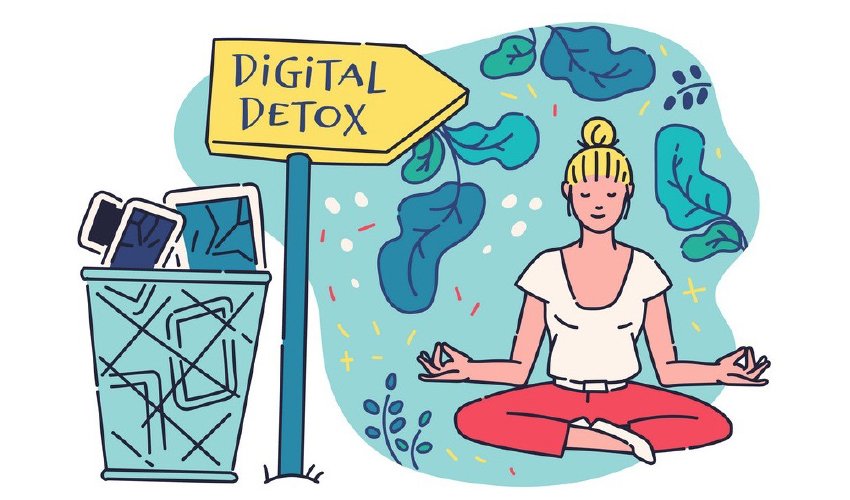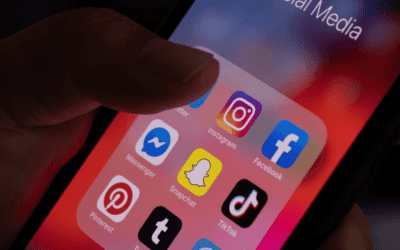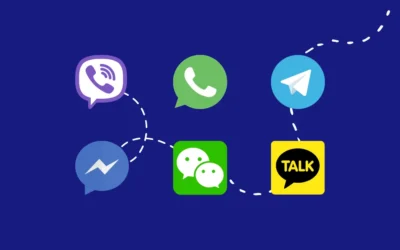In today’s digital age, social media plays an integral role in how we connect, share, and consume information. However, its impact on mental health has been a topic of growing concern. As we spend more time online, users are increasingly facing issues like anxiety, depression, and feelings of inadequacy, often driven by comparison, cyberbullying, or the constant need for validation. In response to these challenges, social media platforms are beginning to take proactive steps to address user wellbeing.
Promoting Digital Wellbeing through New Features
Platforms like Instagram, Facebook, and TikTok are increasingly aware of the negative effects they can have on mental health. In recent years, they have introduced features aimed at promoting a healthier relationship with social media. For example, Instagram has introduced a “Restrict” feature that allows users to control who can comment on their posts, while Facebook has a “Take a Break” option that lets users pause notifications from specific individuals or groups.
AI-Powered Content Moderation
To combat cyberbullying, many social media platforms are also implementing AI-powered content moderation tools. Facebook and Instagram use AI to detect harmful language, such as hate speech or bullying, and automatically remove or flag posts that violate community guidelines. This not only helps keep the digital space safer but also provides users with a sense of control over their online environment.
Mental Health Resources and Support
In addition to content moderation, platforms are integrating direct links to mental health resources. TikTok has partnered with organizations like the National Eating Disorders Association (NEDA) to provide users with support information when they search for certain sensitive terms. Similarly, Instagram added a feature that prompts users who search for mental health-related terms to connect with resources and support networks.
Encouraging Mindfulness
Apps like Headspace and Calm have also become integrated into the social media sphere, offering mindfulness and meditation sessions directly through their platforms. TikTok, for example, features viral wellness trends that promote mental health awareness, encouraging users to engage in self-care routines like journaling, meditation, or physical exercise.
Conclusion
While social media will always have its challenges, the growing emphasis on user wellbeing is a positive shift. By integrating tools for content moderation, offering mental health resources, and promoting mindfulness, these platforms are beginning to play a role in fostering better mental health for their users. As we move forward, continued innovation and awareness will be key to balancing social media engagement with mental wellness.




